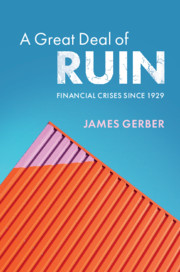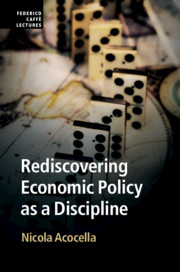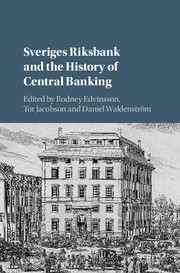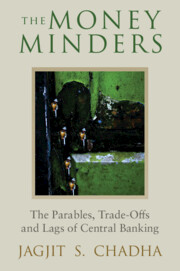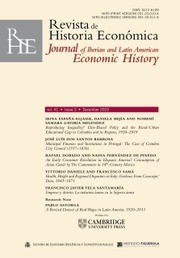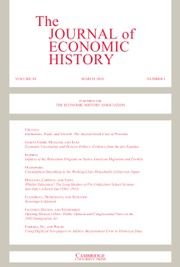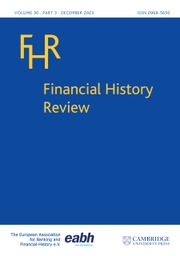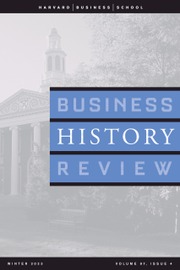A Great Deal of Ruin
A Great Deal of Ruin provides an accessible introduction to the enduring problem of financial crises. Illustrated with historical analysis, case studies, and clear economic concepts, this book explains in three parts what financial crises are, how they are caused and what we can learn from them. It begins with a taxonomy of crises and a list of factors that increase the risk for countries experiencing a financial crisis. It then examines five of the most important crises in modern economic history, beginning with the Great Depression and ending with the subprime crisis in the United States and its evolution into a debt crisis in the Eurozone. The book concludes with a set of lessons that can be learnt from the crises of the past. It will appeal to university students as well as general readers who are curious to learn more about the recent subprime crisis and other financial crises.
- Analytically describes five of the main financial crises of the twentieth and twenty-first centuries
- Provides a set of risk factors that are correlated with financial crises
- Presents eight economic policy lessons to be drawn from the study of financial crises
Reviews & endorsements
‘This book provides an excellent overview of the subject of financial crises: their definitions, causes and losses. It surveys the salient serious financial crises of the post World War II era. It will be of great value to students of financial history.' Michael Bordo, Board of Governors Professor of Economics, Rutgers University
‘James Gerber offers a richly documented, yet easily readable, summary of what has been learned from the world's main financial crises over the last ninety years. He shows that the facts do take sides, debunking several popular theories.' Peter Lindert, University of California, Davis
‘James Gerber offers a coherent and incisive overview of the major financial crises of the twentieth and twenty-first centuries. He describes the factors that precipitated each crisis, presents a chronological account, and reviews the subsequent changes in financial regulations and institutional mechanisms. His book is an admirable synthesis of the causes of financial instability and policies to mitigate it.' Joseph P. Joyce, M. Margaret Ball Professor of International Relations, Wellesley College, Massachsetts
‘It is a terrific book.’ Erik Jones, Survival
Product details
October 2019Paperback
9781108739900
348 pages
228 × 152 × 19 mm
0.48kg
Available
Table of Contents
- Introduction
- Part I. Financial Crises:
- 1. Financial crises: categories and risk factors
- 2. Growth, globalization, and financial crises
- Part II. Five Case Studies:
- 3. The Great Depression, 1929–1939
- 4. The Latin American Debt Crisis, 1982–1989
- 5. The Asian Crisis, 1997–1999
- 6. The Subprime Crisis in the United States
- 7. The financial crisis in Europe
- Part III. Lessons:
- 8. Markets do not self-regulate
- 9. Shadow banks are banks
- 10. Banks need more capital, less debt
- 11. Monetary policy does not always work
- 12. Fiscal multipliers are larger than expected
- 13. Monetary integration requires fiscal integration
- 14. Open capital markets can be dangerous
- 15. Not all debt is created equal
- Conclusion.

